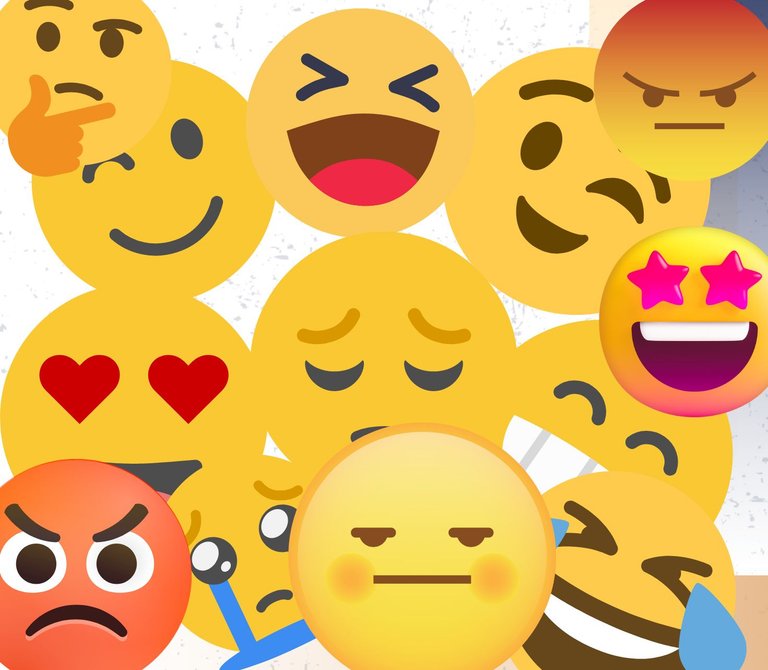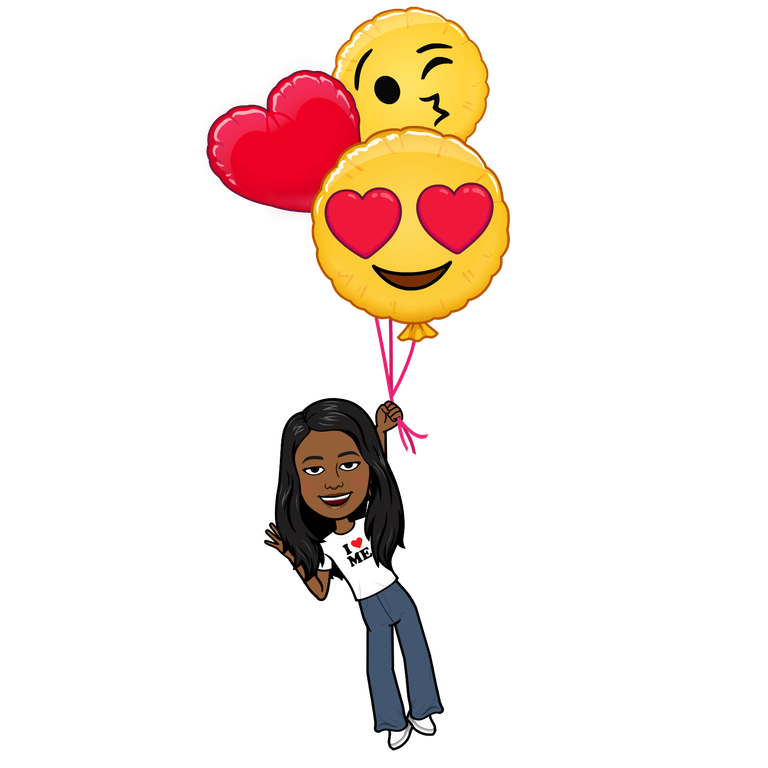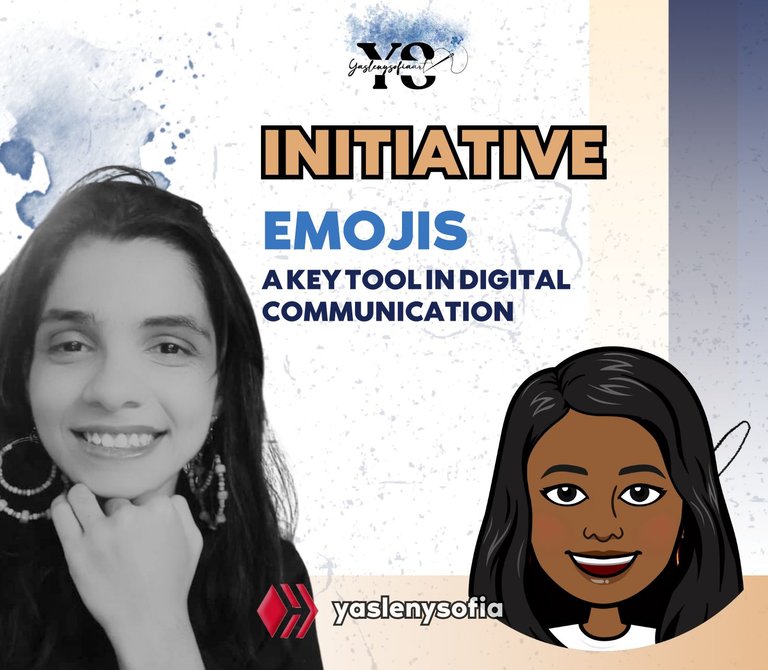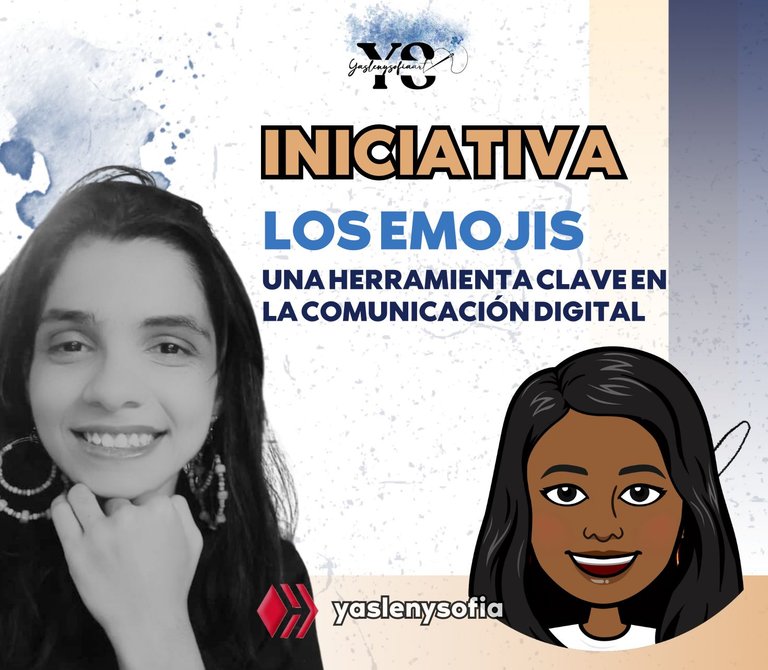Los emojis han constituido una fuente significativa en las comunicaciones digitales, con una gran y amplia variedad de representaciones gráficas, sin embargo, no se puede asegurar que sean un lenguaje universal, algunos de estos llegan a diferir en sus significados dependiendo del lugar y la cultura. Por lo que, la Iniciativa. El fenómeno de los emojis que la comunidad @humanitas propone, es un tema bastante amplio, de muchas cuestiones y reflexiones, pues estos códigos visuales forman parte de nuestra vida diaria.

Los emojis...
Tienen su origen en Japón, tratándose de una serie de iconos con el que podemos expresar emociones, es decir, una figura o forma, adquiere un valor simbólico. Estos, han ido evolucionando a lo largo de los años, respondiendo a las exigencias de la sociedad, en referencia a la diversidad cultural, ideológica y demás.

Pero, la mayoría no poseen un lenguaje universal…
Aunque el significado que guardan estas pequeñas imágenes puede llegar a ser consideradas universal, pues se llegan a comprender lo que denotan, es decir, lo que reflejan, sean emociones, conceptos…, la connotación es interpretada de manera diferente, según el contexto y región en el que se ubican, incluso, puede generar malentendidos.

Ejemplo de ello, el emoji “de las manos juntas” …
Yo siempre creí que, para indicar una oración o pedirle a Dios, ese emoji representaba dicho pensamiento, no obstante, este puede ser interpretado de múltiples maneras, como un favor o un saludo.
O, el de las manos aplaudiendo, por mi parte es como indicar apoyo o bravo, mientras que, en los países asiáticos, lo interpretan como relaciones sexuales. La cara sonriente, que es el más común en usarse, bueno, para muchos llega a ser felicidad, pero, en China, es vista como desconfianza o incredulidad.
Increíble ¿no? Algo que debería usarse como un lenguaje sencillo y entendible en cualquier parte del mundo, tiene un trasfondo más complicado de lo que se puede imaginar y, que se le agrega otros problemas: que la percepción de los mismos varían entre generaciones y que, estos se llegan a visualizar diferentes entre plataformas.

¿Qué quiere decir con este apartado de “visualizaciones distintas entre plataformas”?…
Acontece que, cuando se envía un emoji de una aplicación a otra, y al ser recibida no se entiende el mensaje dado, porque la figura no es entendible. Hasta los emoticones que tiene WhatsApp, no se llegan a ver en otras plataformas.
Sin embargo…
Aunque no sean un lenguaje universal, pueden llegar a serlo, ya que se han convertido en un elemento integro de nuestra comunicación del día a día, trascendiendo las barreras del lenguaje escrito y que, en definitiva, lo han enriquecido de alguna forma, ya que llaman la atención, son llamativos, permiten ahorrar tiempo a la hora de expresarnos. Son unas herramientas muy significativas que han conseguido su relevancia en el contenido de las redes sociales en el mundo.

Y que…
A la hora de la verdad, el ser humano siempre ha hecho uso de las imágenes, como un recurso imprescindible en la transmisión de un mensaje de manera eficaz, ejemplo de ello se tiene el arte rupestre; es la prueba viviente de como los aborígenes recurrían al lenguaje visual para sus actividades diarias, en este sentido, los emojis son como una versión actualizada y más dinámica de este estilo de vida prehistórico.

A modo de resumen...
Los emojis constituyen al final, unas herramientas claves y que humanizan aun mas la comunicación digital, donde se debe conocer en que momento emplear y el como hacerlo. Ayudan a conectar más al público, incluso ser más autentico a la hora de hacer llegar un mensaje y que, lo más seguro, en un futuro, serán universales, a través de la compresión del contenido y a quienes están dirigidos.
Avatars creados con Bitmoji. Portada diseñada en Canva, además de la imagen con los emojis. Texto traducido en DeepL. Invito a participar a @yasmarit.

Gracias por leer mi post. Espero que les haya gustado. Estaré atenta a responder sus comentarios. Pueden visitar mi blog, seguir mis contenidos y redes sociales

FACEBOOK / INSTAGRAM / TWITTER

ENGLISH

Emojis have been a significant source in digital communications, with a great and wide variety of graphic representations, however, it cannot be assured that they are a universal language, some of these come to differ in their meanings depending on the place and culture. Therefore, the Initiative. The phenomenon of emojis that the @humanitas community proposes, is a fairly broad topic, with many questions and reflections, since these visual codes are part of our daily lives.

The emojis...
They have their origin in Japan, being a series of icons with which we can express emotions, that is to say, a figure or form, acquires a symbolic value. These have evolved over the years, responding to the demands of society, in reference to cultural, ideological and other diversity.

But, most of them do not have a universal language...
Although the meaning of these small images can be considered universal, since we can understand what they denote, that is, what they reflect, whether emotions, concepts..., the connotation is interpreted differently, depending on the context and region in which they are located, and can even generate misunderstandings.

An example of this is the "hands together" emoji. …
I always thought that, to indicate a prayer or to ask God, this emoji represented such a thought, however, this can be interpreted in multiple ways, as a favor or a greeting.
Or, the clapping hands, for my part is like indicating support or bravo, while, in Asian countries, it is interpreted as sexual intercourse. The smiling face, which is the most common one to use, well, for many it becomes happiness, but, in China, it is seen as distrust or disbelief.
Incredible, isn't it? Something that should be used as a simple and understandable language in any part of the world, has a more complicated background than you can imagine and, in addition to other problems: that the perception of the same vary between generations and that these are visualized differently between platforms.

What do you mean by this "different views across platforms" section...?
It happens that when an emoji is sent from one application to another, and when it is received, the message is not understood, because the figure is not understandable. Even the emoticons that WhatsApp has, are not seen in other platforms.
However...
Although they are not a universal language, they can become one, since they have become an integral element of our day-to-day communication, transcending the barriers of written language and, in short, they have enriched it in some way, since they attract attention, are eye-catching, and save time when expressing ourselves. They are very significant tools that have achieved their relevance in the content of social networks in the world.

And that...
When it comes to the truth, the human being has always made use of images as an essential resource in the transmission of a message in an effective way, an example of this is the cave art; it is the living proof of how the aborigines used the visual language for their daily activities, in this sense, emojis are like an updated and more dynamic version of this prehistoric lifestyle.

To summarize...
Emojis are, in the end, key tools that humanize digital communication even more, where it is necessary to know when to use them and how to do it. They help to connect more to the public, even be more authentic when it comes to get a message and that, most certainly, in the future, will be universal, through the understanding of the content and to whom they are addressed.
Avatars created with Bitmoji. Cover designed in Canva, plus the image with the emojis. Text translated in DeepL. I invite @yasmarit to participate.

Thank you for reading my post. I hope you liked it. I will be attentive to answer your comments. You can visit my blog, follow my content and social networks.

FACEBOOK / INSTAGRAM / TWITTER

Posted Using InLeo Alpha



















